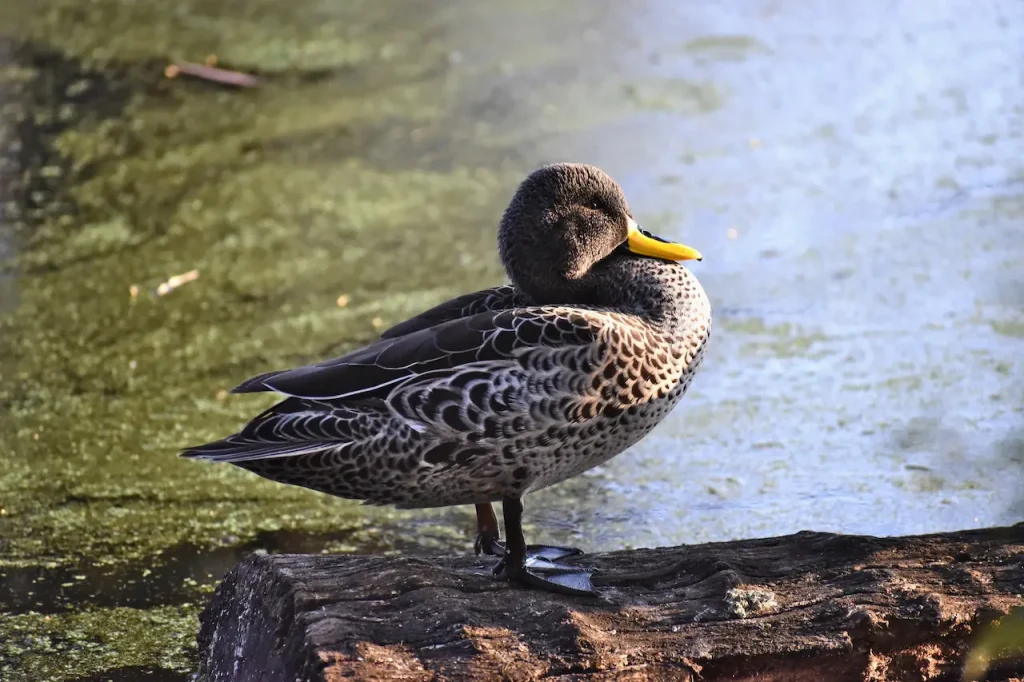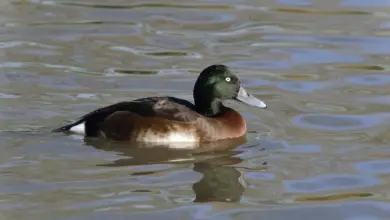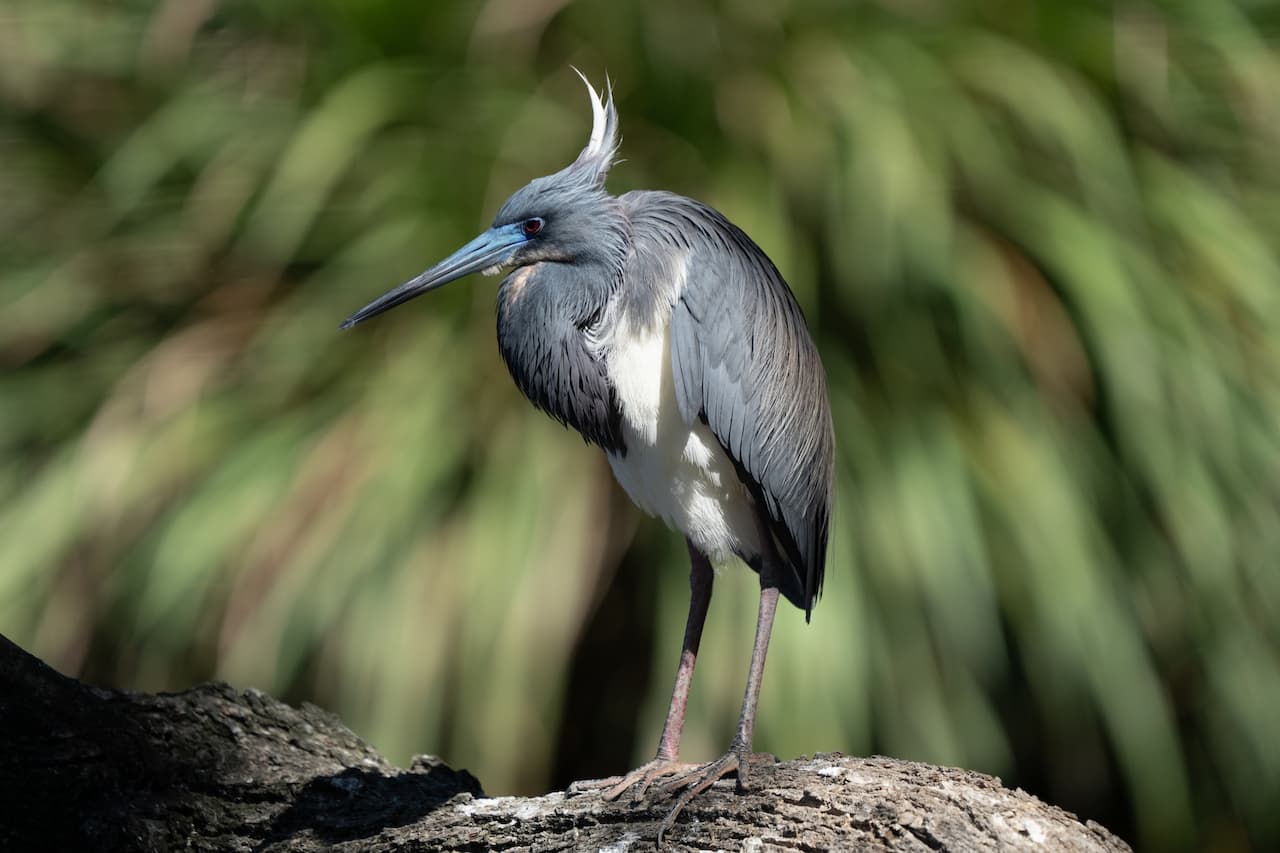The Yellow-billed or Speckled Teals (Anas flavirostris) are common South American ducks.

Alternate (Global) Names
Czech: ?írka kropenatá, Círka žlutozobá … Danish: Gulnæbbet Krikand … Dutch: Chileense Taling, Geelsnaveltaling, Chilie taling … Finnish: Harmaatavi … French: Sarcelle à bec jaune, Sarcelle du Chili, Sarcelle tachetée … German: Gelbschnabelkrickente … Irish: Praslacha Shileach … Italian: Alzavola del Cile, Alzavola marezzata, macchiettata … Italian: Alzavola macchiettata … Japanese: kibashikogamo … Norwegian: Gulnebbkrikkand … Polish: cyraneczka zóltodzioba, cyraneczka ?ó?todzioba … Portuguese: assobiadeira, churia-zinha, danadinha, marreca, marreca-assobiadeira, marreca-pardinha, Marreca-pintada, parda-pequena … Russian: ??????????? ?????, ??????? ????? … Slovak: Ka?ica bodkovaná, kacica žltozobá … Spanish: Cerceta del Chile, Pato jergón chico, Pato jergón chico del Norte, Pato Paramuno … Swedish: Gulnäbbad kricka
Distribution
They are endemic to Argentina, Bolivia, Brazil, Chile, Paraguay, Peru, Uruguay and the Falkland Islands and South Georgia islands.
The island populations are sedentary (non-migratory). Those occurring at high altitudes (the southernmost populations) migrate as far north as Uruguay, Paraguay and Southern Brazil. Andean populations may move to lower altitudes.
They are found in freshwater lakes, ponds, rivers, marshes and wooded swamps – typically at high altitudes, but may move to coastal areas in the winter.
Subspecies, Ranges and Ids
- Yellow-billed Teals,Speckled Teals or Chilean Teal (Anas flavirostris flavirostris – Vieillot, 1816) – Nominate Race
- Range: Southern South America as far north as southern Brazil and northern Argentina south to Tierra del Fuego – an archipelago off the southernmost tip of the South American mainland and South Georgia and the South Sandwich Islands in the southern Atlantic Ocean.
- Sharp-winged Teal or Sharp winged Speckled Teal (Anas flavirostris oxyptera – Meyen, 1834)
- Range: Highlands (Andes) of central Peru to northern Chile and northwestern Argentina.
- ID: Larger in size than the nominate race. The flanks and tail are much paler, almost looking white at a distance.
The Yellow-billed or Speckled Teals (Anas flavirostris) were previously considered conspecific (one and the same species) with the Andean Teals.
However, in 2008, they were split into A. flavirostris and (Andean Teal) A. andium by the South American Classification Committee (SACC).
They can easily be identified by the different color of the bills. The Yellow-billed Teal have, as is suggested by their common name, yellow bills and the Andean Teals have dark greyish bills.
The Andean Teals occur in northern parts of South America, while the Yellow-bills are found further south
Description
The Andean Teals measure between 14 -18 inches (35 – 45 cm).
The plumage is brown on the back. The plumage below is a pale silvery in those birds occurring in the high Altiplano in west-central South America and a darker greyish brown in the lowland race.
It has a green inner speculum (wing patch), bordered by buff on the leading edge and white on the trailing edge. However, the wing patches are usually only seen in flight and may look dark from below.
It has a dark brown head and a yellowish bill, for which it was named.
Similar Species:
Resembles the Yellow-billed Pintail, but the Yellow-billed Teal is overall darker and smaller in size.
Breeding / Nesting
Breeding usually commences in November and December Peru to north Argentina and late August to September further south in Chile.
They typically nest near water in thick vegetation. The nests are placed in large forks of trees. They may also use the tests of Quaker Parakeets (Monk Parakeets) or make their nests in holes in banks. They may also nest in house roofs. Nesting may occur solitary or in loose groups. They usually produce only one brood a year, although those occurring at lower altitudes may double-brood (produce two clutches in a breeding season).
This duck demonstrates some unique post-copulation behavior – after dismounting the female after mating, the males stretch themselves up high and swim around and alongside the females.
A clutch may consist of 1 – 5 eggs (occasionally as many as 8). The eggs are incubated for 22 -26 days to hatching. Both the male and female raise the young. The young fledge (leave the nest) when they are 6 – 7 weeks old.
Diet / Feeding:
Speckled Teals feed by dabbling, upending (feeding upside down in water) or grazing on land.
It may submerge its head and on occasion even dive to reach food. In the breeding season it eats mainly aquatic invertebrates, such as crustaceans, insects and their larvae, mollusks and worms.
In winter, it shifts to a largely granivorous diet, feeding on seeds of aquatic plants and grasses, including sedges,rotting kelp and seeds of pig vine.
Ducks generally feed on larvae and pupae often found under rocks, as well as aquatic animals, plant material, seeds, small fish, snails and crabs.




